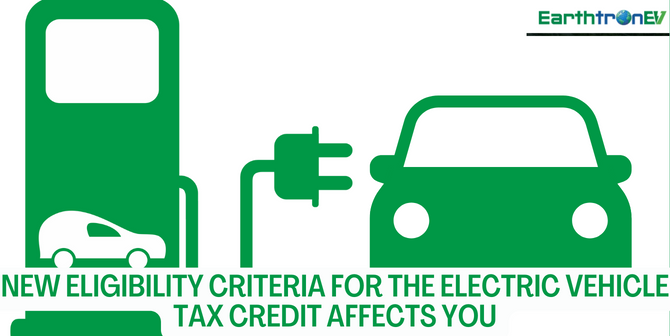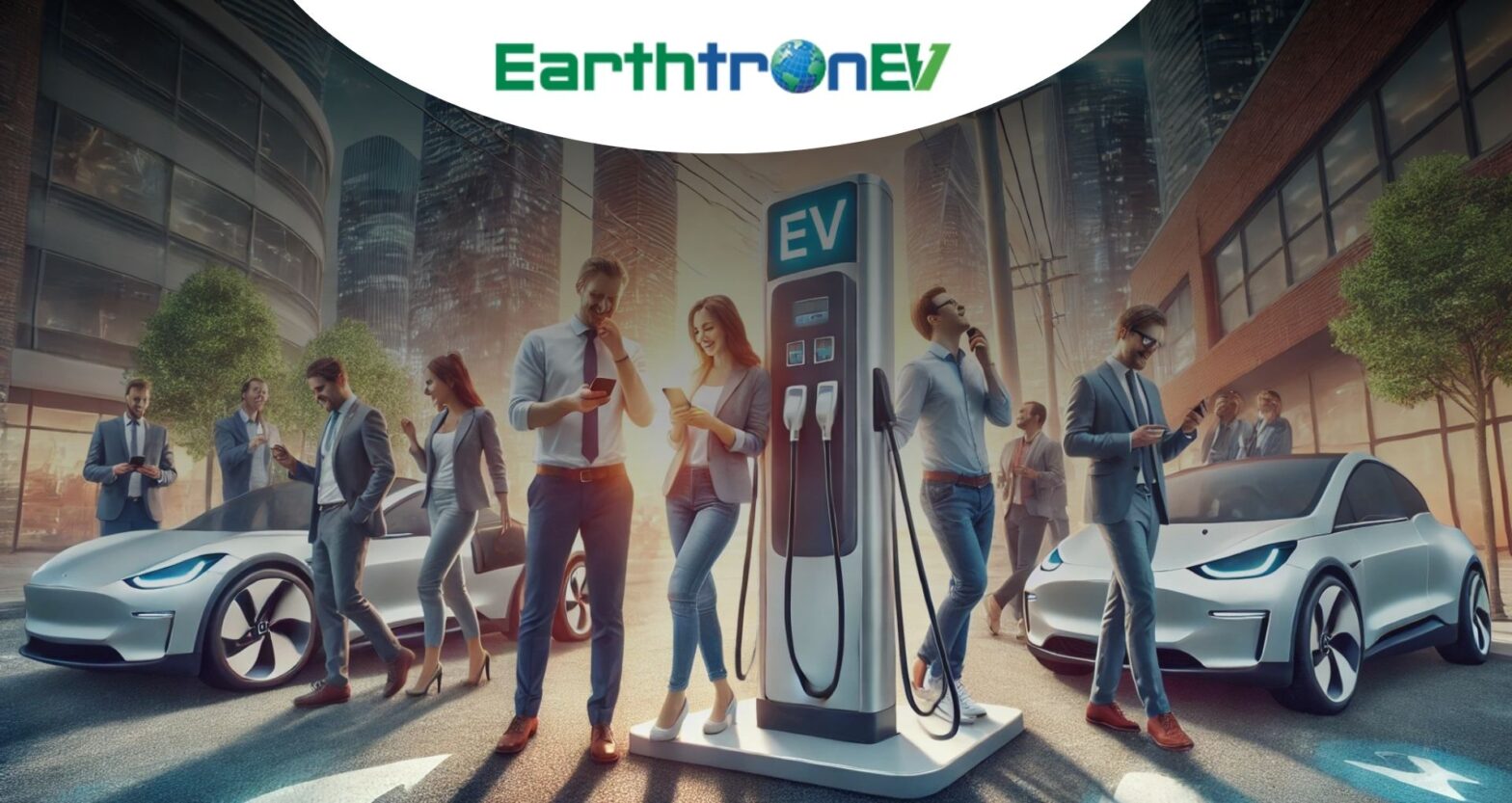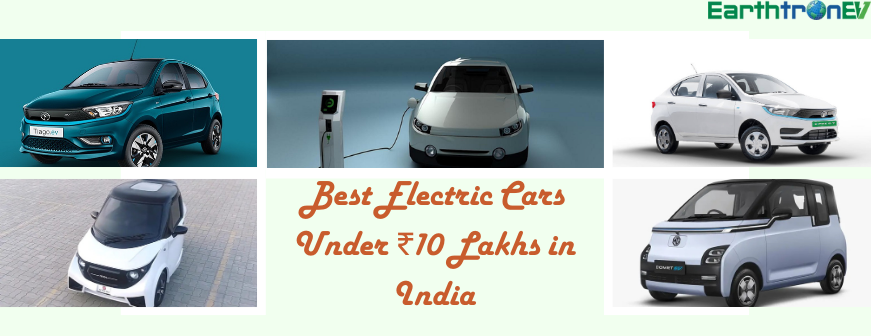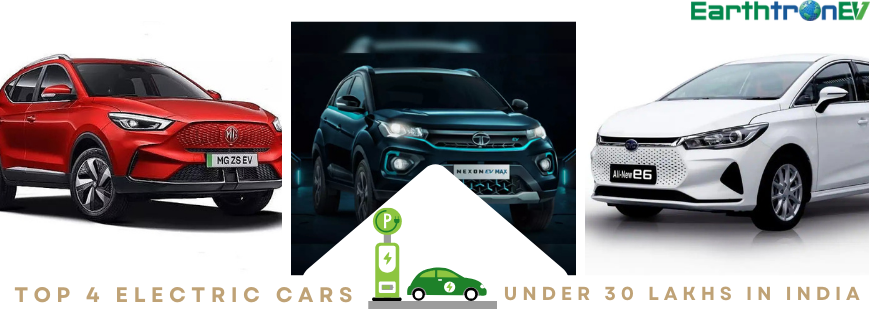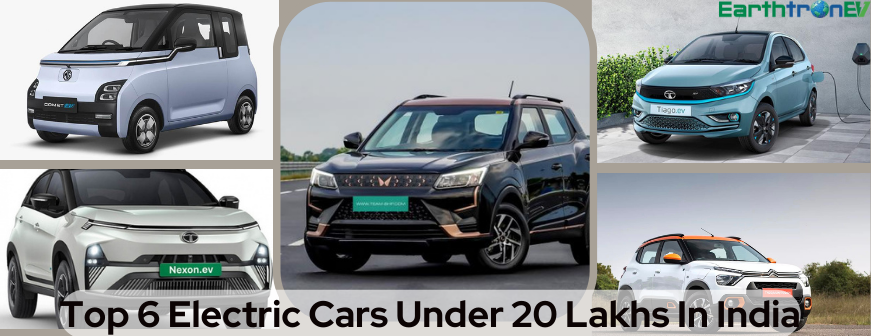Using the EV tax credit to buy an electric car is wise. There are several ways to reduce electric car changeover costs. A primary inducement of the Biden administration’s Inflation Reduction Act is the Clean Vehicle Credit. A $7500 credit is available until December 2032. Qualifying clean cars delivered this year may claim this tax credit in the year they are delivered. Beginning January 1, 2024, customers may directly get the tax credit at the point of sale, comparable to a rebate, simplifying the procedure and making electric car investments more accessible.
Policy changes are ongoing as the electric car sector grows. Following a recent statement, the IRS will change EV tax credit qualifying standards for manufacturers in January 2024. This summary simplifies everything you need to know.
Current Clean Vehicle Credit Requirements
The Rs 6,23,043 tax credit for a new ev charging station dealership purchase is wonderful, but there are strict qualifying requirements. However, rented new EVs have greater qualifying flexibility. Here are the EV buying requirements:
New EV charging station dealerships must complete “final assembly” in North America before receiving incentives. Electric car battery needs. The minimal % of battery components made or assembled in North America is shown in this table. To get the first half of the 311,51 tax credit, your new vehicle’s battery components must be produced or built in North America. This % will rise annually starting in 2024.
New Clean Vehicle Tax Credit Rules
Still more. Clean vehicles must not use battery components made or manufactured by a Foreign Entity of Concern (FEOC) starting in 2024 to secure America’s supply chain. From 2025, qualified clean cars cannot use key minerals extracted, processed, or recycled by FEOCs. Certain battery materials that are hard to trace have an interim exemption, giving firms time to change.
Vehicles must fulfil FEOC battery requirements in 2024 but not key materials. The data in the preceding portion of the blog show that 60% of battery components must be created or assembled in North America and 50% of essential minerals must originate from a US free trade agreement partner. Vehicles must achieve FEOC battery and key material standards in 2025. 60% of battery components and 60% of key minerals must be manufactured or assembled in North America or from a US free trade agreement partner.
The Energy Department defined FEOCs.
- An ineligible entity must be incorporated, based, and functioning in a covered country.
- The government of that country must possess at least 25% of a company’s voting or stock interests or board seats, regardless of location.
- To be eligible, companies outside a covered country with contracts or technological licences must “retain certain rights over their operations”.
- This implies manufacturers headquartered in North Korea, China, Russia, or Iran won’t qualify for the tax credit.
What Vehicles Cannot Get the EV Tax Credit Now?
BMW, Nissan, Rivian, Hyundai, Volvo, and Volkswagen electric cars do not build battery components in the US, hence they are ineligible or partly eligible for the EV tax credit.
Due to new limits, certain electric cars no longer qualify for the EV tax credit, according to Consumer Reports. The impacted vehicles include the Audi Q5 TFSI e Quattro PHEV, BMW 330e car, BMW X5 xDrive45e SUV, Genesis GV70 Electrified SUV, and Volvo S60 PHEV Tesla also warned purchasers about tax credit cuts after December 31.
The IRS Clean Vehicle Credits website details vehicle eligibility for all EV tax credits.
Why Did EV Tax Credit Change?
As the global electric car sector grows, the Biden administration has prioritised US electric vehicle development. This focus on domestic investments is central to Congress’ 2022 Inflation Reduction Act.
Despite new foreign competitors, US electric car production is progressing. This strategy supports the Biden administration’s commitment to renewable energy and electric car growth.
The Department of Energy predicts electric car battery production capacity in North America to be roughly 20 times higher in 2030 than in 2021.
Battery plant projects are projected to begin production between 2025 and 2030. Increased production capacity might allow 10–13 million all-electric car production by 2030. Automotive centres like Michigan and Georgia will grow as these new battery operations are positioned near automotive industries to ease assembly. The US car sector will benefit from this action.
According to IBISWorld, there were 230 US hybrid and electric vehicle manufacturers in 2022, up 9.4% from 2021. With U.S. manufacturing rising, auto manufacturers investing more, and government backing, electric vehicle incentives may prioritize American investment.
Future of EV Tax Credit
Over the next decade, EV tax credit standards will alter. Each year, battery component and essential mineral percentages rise, promoting North American production. All clean car batteries must be produced or assembled in North America by 2029.
In the fast-growing EV Charging Franchise, being informed is crucial. These reforms may complicate the electric car transition, but they’re meant to generate American employment and improve the supply chain. Understanding these differences will make adopting a new electric car easier.
New to EVs? Discover the advantages of electric driving.
